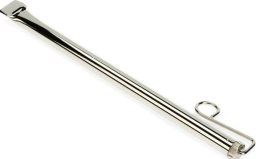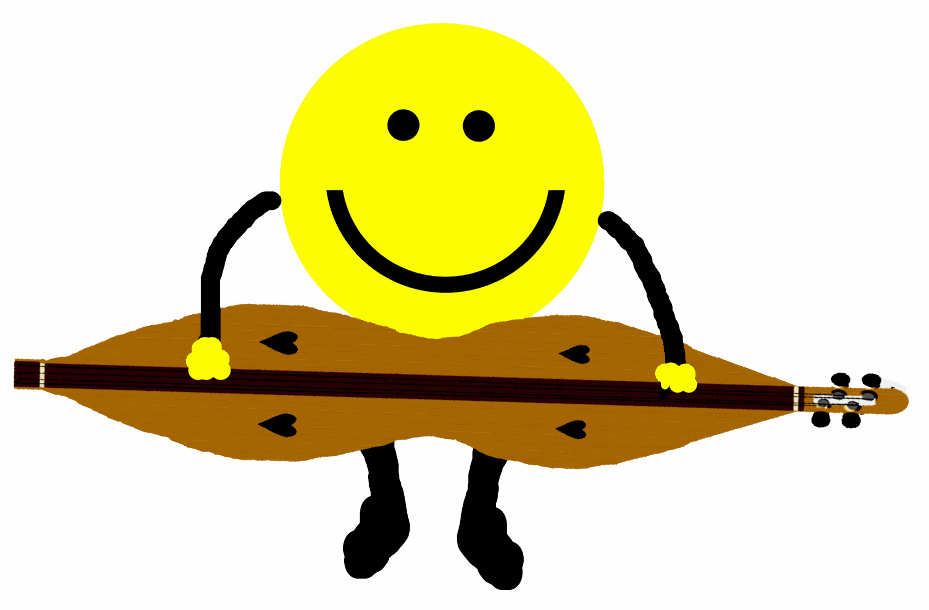Been a bit since this thread was active but I enjoyed reading and thinking about it.
I think it's worth pointing out this discussion is really just about names. Whether some instrument is a "dulcimer" or not simply depends on how we define "dulcimer". Of course we will disagree on that. Should "dulcimer" be used in the strictest sense, or allowed to be used more broadly, referring to any instrument that had it's beginnings at least partially with the dulcimer? There cannot be agreement on this question because it is a matter of opinion.
Honestly I don't think it matters. The purpose of words and names is to communicate. As long as there is no confusion of communication then the names serve their purpose. If I say "chromatic dulcimer" and everyone knows exactly what I'm referring to, that is sufficient. Of course we could discuss whether to use the term "dulcimer" or not. However, alluding to Shakespeare, what we call the instrument doesn't change what it is, its value, or its place in the musical world. Every instrument in the dulcimer world has it's strengths and weaknesses. Furthermore, everyone sees the relationships between different varieties of dulcimers differently because they all have different experiences.
I totally agree with OverDrive; every instrument you play affects how you play other instruments. NateBuildsToys points out how he played the diatonic dulcimer first and later played the chromatic dulcimer, which then affected his view of the diatonic dulcimer.
NateBuildsToys:
OverDrive:
Whenever I take up a new instrument, it gives me a fresh perspective on the other instruments I play.
It's funny that you mention this. My experience with chromatic dulcimer is that it enhances my perspective of diatonic dulcimer. The cultural place of chromatic and diatonic dulcimers might be different, but to me, as a self taught dulcimer player, chromatic dulcimer provides me with useful contextual information that I can apply to diatonic. Specifically, hearing the ways that the same chords that I play in diatonic can fit into other keys helps me to think of them with a more open mind.
Nate
However, Dusty Turtle played chromatic instruments first, and later played the diatonic dulcimer. Because of this, his experience learning the diatonic dulcimer was very different than it is for others.
Dusty Turtle:
I think of diatonic and chromatic dulcimers as two roads that lead to different kinds of attractions along the way. One will mainly take you to traditional music, both modal and pentatonic, and the other leads you to pop, blues, and jazz. Both can cross over a little bit, but they have different emphases.
Of course, I mainly play a dulcimer with 6+ and 1+ frets, so I've chosen a kind of middle path. I play mostly diatonic music but can occasionally add blue notes or switch keys in ways that would be much more difficult on a truly diatonic instrument.
I would like to caution us all not to assume generalizations hold for everyone. I played the guitar, mandolin, and ukulele before discovering the dulcimer, and the diatonic fretboard did not make the instrument easier to learn. On the contrary, the fact that I could not play so many of the songs in my head was very frustrating. It took about 2 years of playing everyday for me to get a sense of what melodies could be found on the diatonic fretboard and what couldn't. (It may be true that there are no wrong notes on the dulcimer, but that doesn't mean that all the right ones are there!)
And chording on the diatonic fretboard is more complex. On a chromatic fretboard, a chord shape will be the same type of chord as you move up and down the fretboard, but on a diatonic dulcimer, that chord shape changes between major and minor. That fact significantly slows down the development of dulcimer players who wish to play chords.
For me personally, I learned the diatonic dulcimer as my first instrument. My understanding of the diatonic fretboard has shaped my entire understanding of music theory and how I play any musical instrument. I see the keys on the piano in terms of numbers from a dulcimer fretboard. When playing even a six or seven string instrument, whether guitar-like, zither-like or otherwise, I understand the tuning in terms of groups of three strings I can recognize as dulcimer tunings such as DAD, DAA, or DGD. For me, the diatonic dulcimer is absolutely fundamental to music, so when I play a chromatic dulcimer, I instinctively think of it as an extension of the dulcimer. Yet I know not everyone thinks this way. The cool thing is, that means I and other people have very different musical ideas, and we can learn from each other.
Whether you want to play a chromatic dulcimer or not is totally up to you. People will be attracted to different instruments (including types of dulcimers) for a variety of reasons, whether natural playing style, preferred sound, desired musical genere, etc. I think the important thing is that we all make music. The value of us all making music together is we get to see everyone's unique approach and individual ideas, and learn from each other. I want to value and preserve the traditions of past generations, and explore new ideas at the same time. There are things I can do with a chromatic that I can't with a diatonic, and vice versa. Both have an important place. I love the stuff I do on the chromatic dulcimer, because it's just plain fun! I also love playing the diatonic dulcimer. Then again, I can't even play noter style, but I love that sound and am so thankful for people who play it well. In both cases, we're all making music, we just don't do it in the same way or with the exact same instrument. The dulcimer community will be the healthiest when we all value the music everyone makes, whether it's like our own or not.

 I use several other instruments though, chording or bass. I am not a musician in any way, just want something to do!
I use several other instruments though, chording or bass. I am not a musician in any way, just want something to do!  So moving on...."reasons NOT to put a slide on an Irish Whistle".........
So moving on...."reasons NOT to put a slide on an Irish Whistle".........




